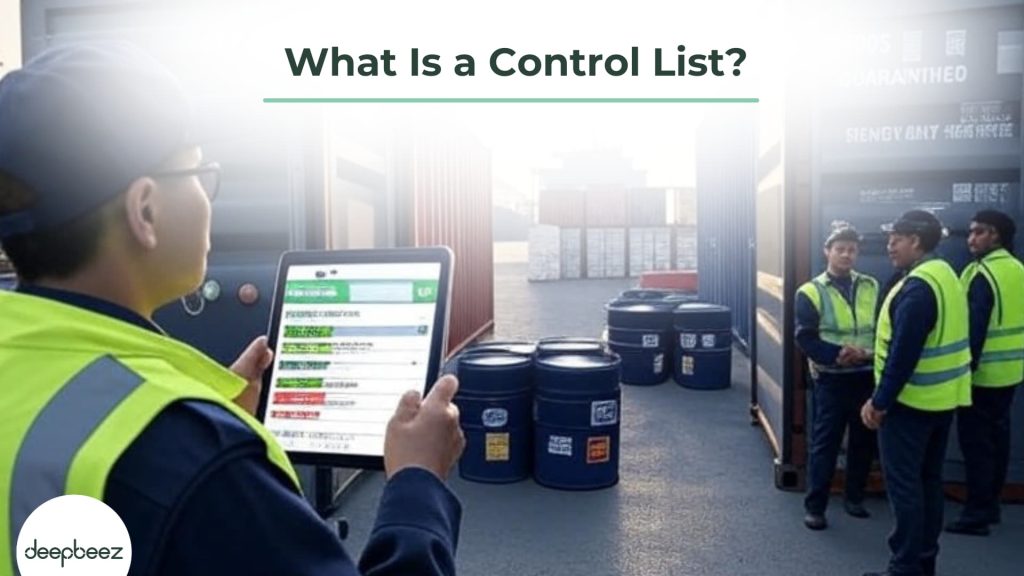What is a control list? A control list is a list of specific items, materials, software, and technology that are subject to export control regulations. These lists are maintained by U.S. government agencies to regulate the export of sensitive items. Have you ever wondered about the regulations that govern exporting goods from the United States? Whether you’re a business owner looking to expand internationally or just curious about export controls, understanding the difference between EAR and ITAR is crucial.
Did you know that the first and most important step is to obtain U.S. export license?
